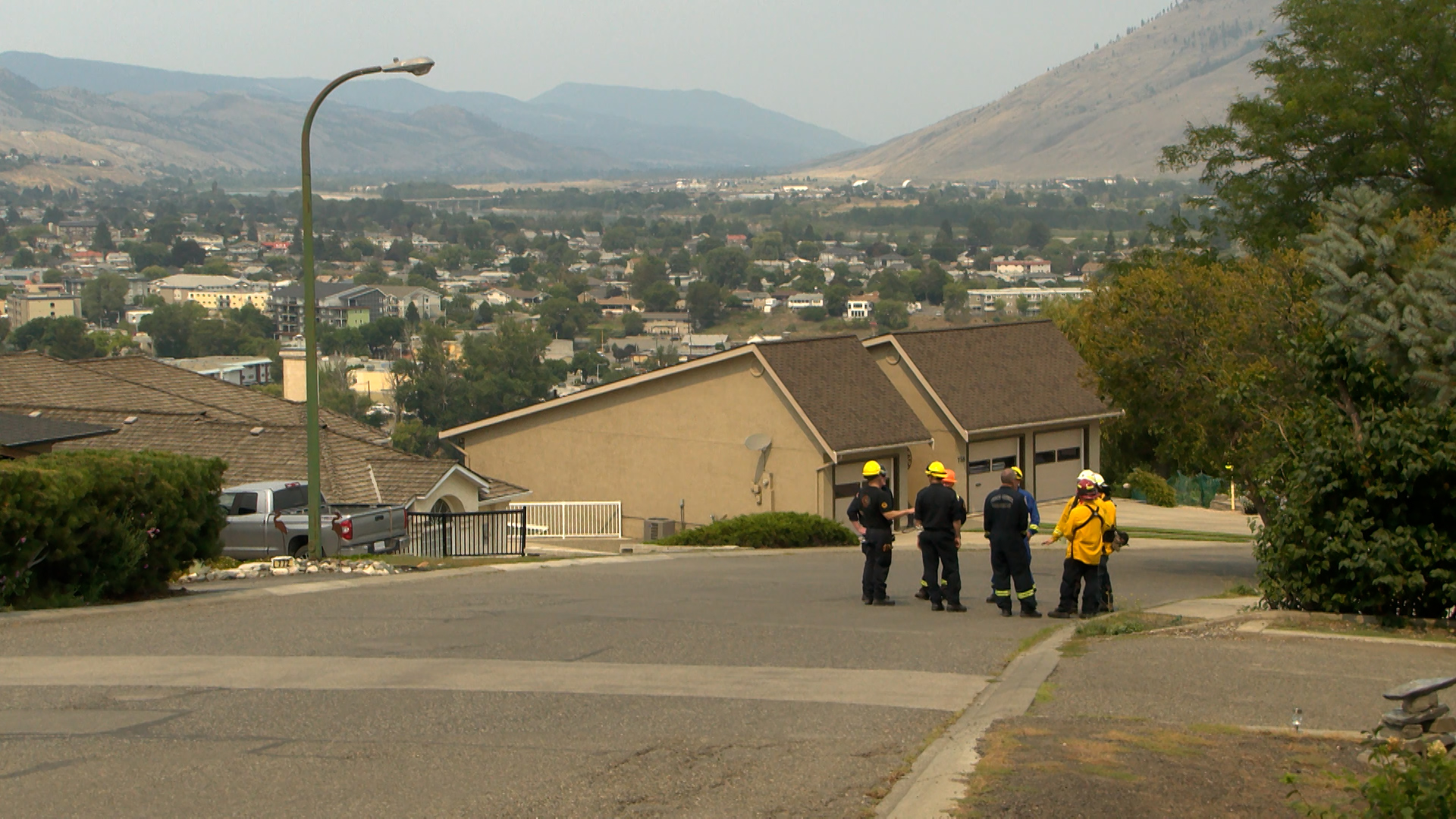
Kamloops hosts interface firefighting course for structural firefighters
KAMLOOPS — For residents of the West End neighbourhood, coming home to see fire trucks, hoses and more than a dozen firefighters on your street could be a little concerning.
Thankfully, Wednesday’s (Aug. 2) fire is a simulated one. These firefighters are taking part in a training program hosted by the City of Kamloops and the International Association of Fire Fighters (IAFF) meant to prepare them for what to do should an interface fire happen in their community.
“We talk a lot in this course about evacuations and public safety because that’s the key to any responder’s priorities,” Phill Veneris, Lead Instructor, explains. “Coming in, safely assessing the area for themselves, and then moving people out of harm’s way and then defending homes is the overall strategy.”



